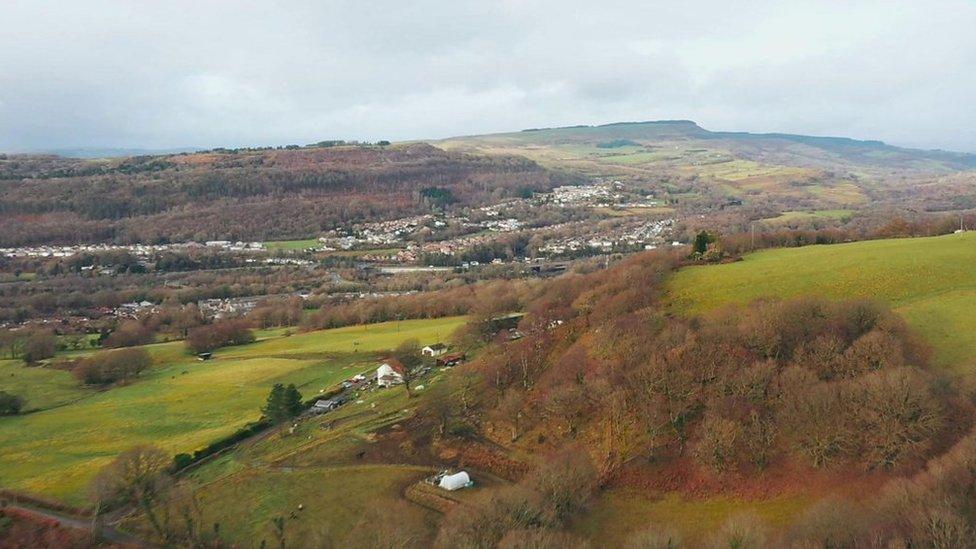Climate change: Trees set to bloom as planting schemes dig in
- Published
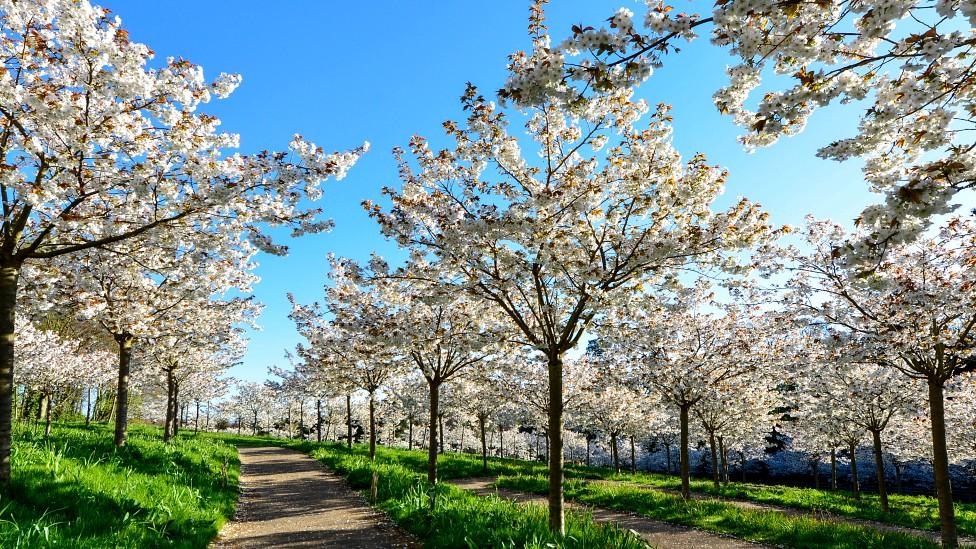
Tai haku cherry trees, like the ones now planted at Insole Court, in full bloom
How green was my valley, asked novelist Richard Llewellyn in his novel of the same name, set in the coalfields of south Wales.
A similar question is now being asked in the wider nation, and the answer, it seems, is "not green enough".
With climate change firmly on the political agenda, a number of projects are ramping up this spring to try to boost the spread of trees and shrubs in Wales as a mechanism for carbon capture and increasing biodiversity, but also to help cope with extremes of weather from increased flooding risks to hotter summers.
One of those is Coed Caerdydd, external - Cardiff Woods - run through the local council, which plans to increase the tree canopy cover in the capital city from a 2018 figure of 18.9% of the city's area to 25% by 2030.
Because not enough of the land area of the city is owned by the council, it is inviting private landowners and community organisations to get involved, supplying trees and planting advice where necessary.
Although the scheme was mooted in 2020, Covid and funding delays mean spring 2022 has become the first planting season.
'Sometimes we are planting on hectares of land'
Project manager Chris Engel said they planned to put 16,000 plants into the ground this year.
"We work with all sorts of different groups - private owners, industrialists, individuals," he said.
"Sometimes we are giving individual trees, sometimes we are planting on hectares of land."
He cited an example of a proposed collaboration with the steel manufacturer Celsa, based on an industrial estate close to the city's docks, to introduce trees near its site as a form of sound and sightline break for the plant, as well as to improve the air quality.
Coed Caerdydd has also been approached by groups such as the Women's Institute, who will have free rein to plant the trees in private gardens or wherever they like, as long as it is not on public land and they have the landowner's permission.
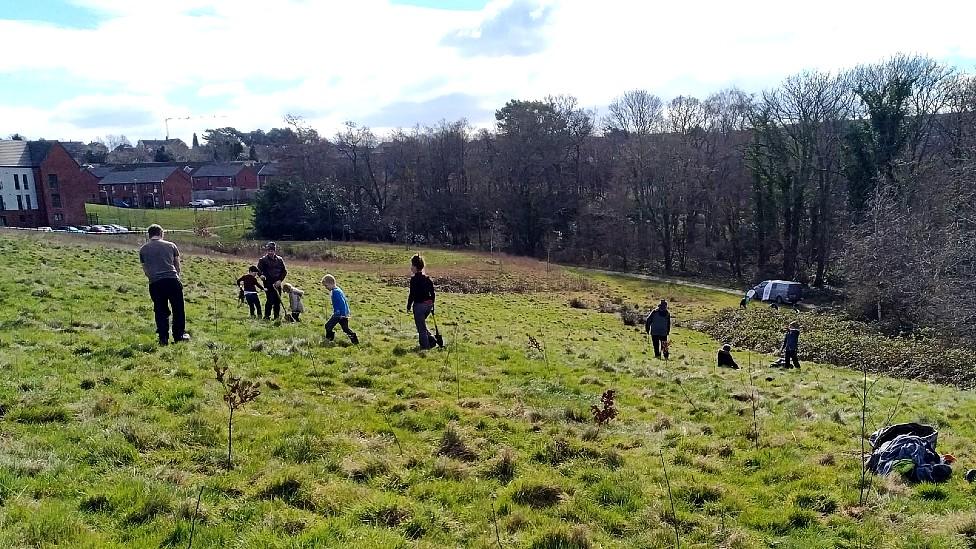
Children join in with planting more than 1,000 trees at Fishpond Woods in Llanrumney
Coed Caerdydd is also trying to get ordinary residents, who might not normally garden or take part in similar activities, to get involved.
It is running a series of planting events where the public can help plant trees and shrubs, and bring children to take part, with events stretching from Caerau in western Cardiff to Llanrumney in the east, where families took part in planting 1,000 trees at Fishpond Woods over two days.
A strong part of the focus is on those parts of the city which have less greenery than their leafier, usually wealthier, neighbouring suburbs.
Chris said: "One of our proposals is working on what we call the southern arc of the city. Places like Adamsdown have very little tree cover so that's one of our priorities.
"We started in Tremorfa and planted 1,700 plants."
As well as targeting less covered areas, planting more trees in areas of existing canopy cover, especially on land already owned by the council, is an effective way to help hit the 2030 target, and forms part of Coed Caerdydd's plan.
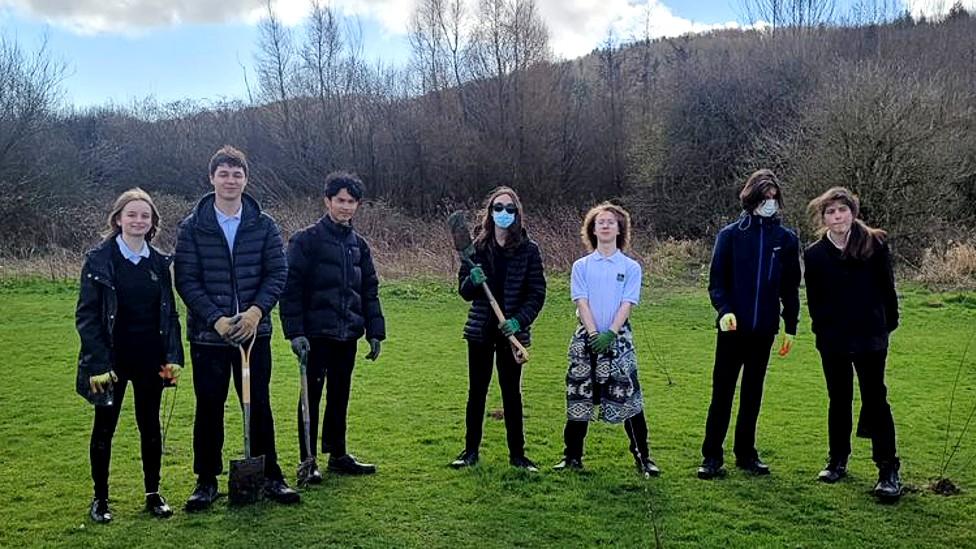
Geography students involved with Fitzalan school's eco club are creating a new orchard in a nearby park
Students from Fitzalan High School first started working with Coed Caerdydd in Sanatorium Park, near the school in Leckwith, in January.
They surveyed the area to establish the best site for an orchard, and this month Year 10 geography, ESOL (English as a second language) students and the school's eco club began work on planting 400 trees, including fruit trees near the playground area in the park.
Stephen Draper, head of geography, said Fitzalan got involved after completing a questionnaire sent to all schools.
"Our 'enthusiastic' response meant we were selected to take part from the beginning of the project," he said.
"We believe that pupils who have invested in the local environment and their community will take more responsibility for that environment and understand the need for sustainable, environmentally healthy places to live and thrive in."
Year 10 student Evan Gill said: "It was a really good experience. I was able to go into a community which I'm in quite often and help improve it for future generations, well after I'm gone."
His classmate Maxime Ledentu-Phillips said: "It's given us an example of how trees benefit the environment as it's next to us, so we can easily go there and see it. It's as if I've had a part in how it grows, and helped the environment.
"I think [projects like these] are important because it really helps get young people involved in planting trees and helping nature. I'd recommend young people get more involved in this as it will help the community, and it will benefit them when they're older."
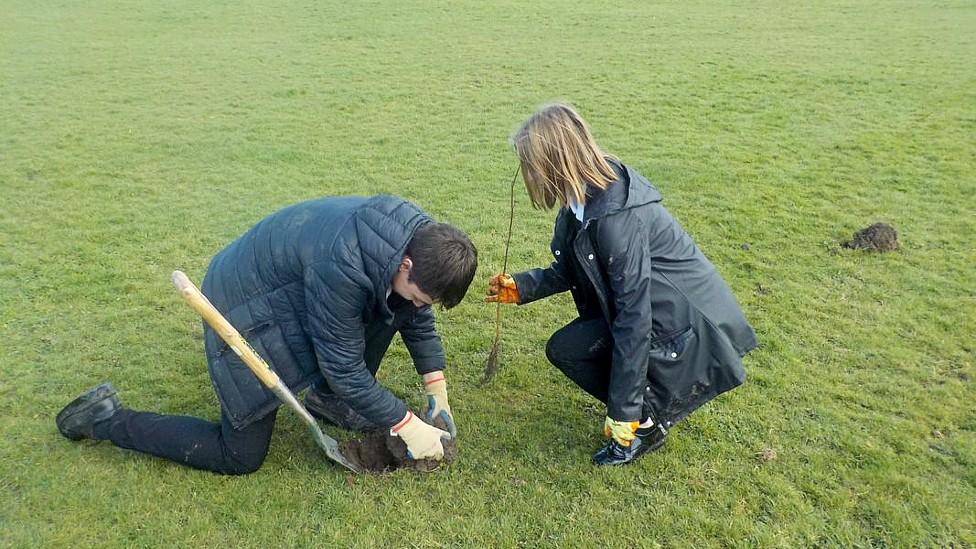
The Year 10 students are planting 400 trees in March

The six new trees will form a semi-circle to help define a space for holding outdoor events
One of the early beneficiaries of the scheme has been Insole Court in Llandaff.
The Grade II-listed mansion house and grounds was taken over by the city of Cardiff from the Insole family in the 1930s.
After a successful campaign to keep it in public ownership, the running of the house and grounds was handed over to the Insole Court Trust and the site had a £5m makeover.
However, as trustee Valerie Mitchell explained, all the money from the Heritage Lottery Fund went on the buildings.
"In the first bid for funding, the gardens didn't get a look in, so we're applying for a second round of funding," she said.
The Coed Caerdydd involvement there sees six tai haku flowering cherry trees being planted in a semi-circle around a grassed area which is currently free of trees and used as an outdoor overflow seating area for the on-site cafe.

The new cherry trees arrive for planting at Insole Court...
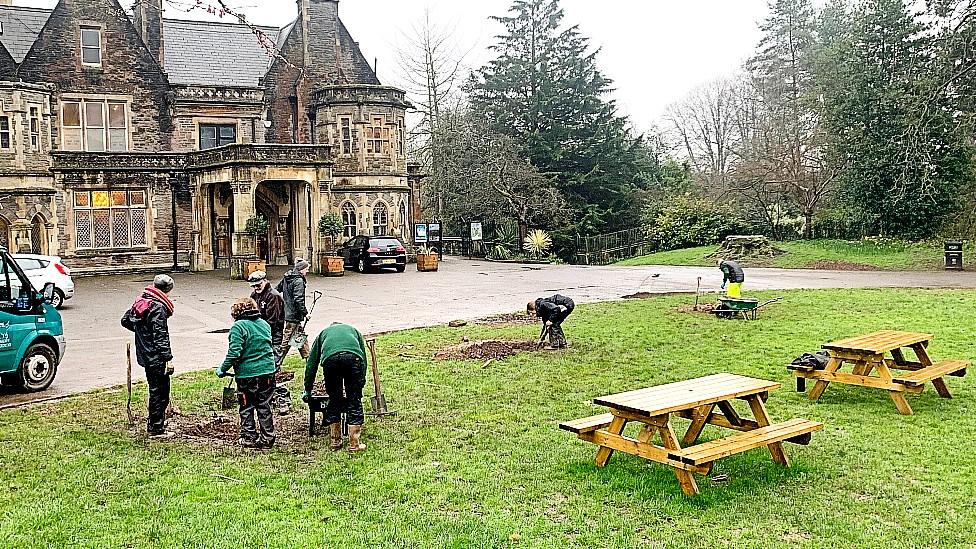
... and work starts on transforming the chosen area in front of Insole Court mansion house
As they grow, the trees will provide shade for seating in the warmer months and act as a way of making the area a defined space for events to be held, something the trust is keen to promote in order to attract further funding.
"We responded to a call-out to get trees," Valerie said.
"The council do their absolute best to maintain the grounds but with all the cuts to local government funding it's impossible to do what they want to do.
"Anything like this is manna from heaven for us."
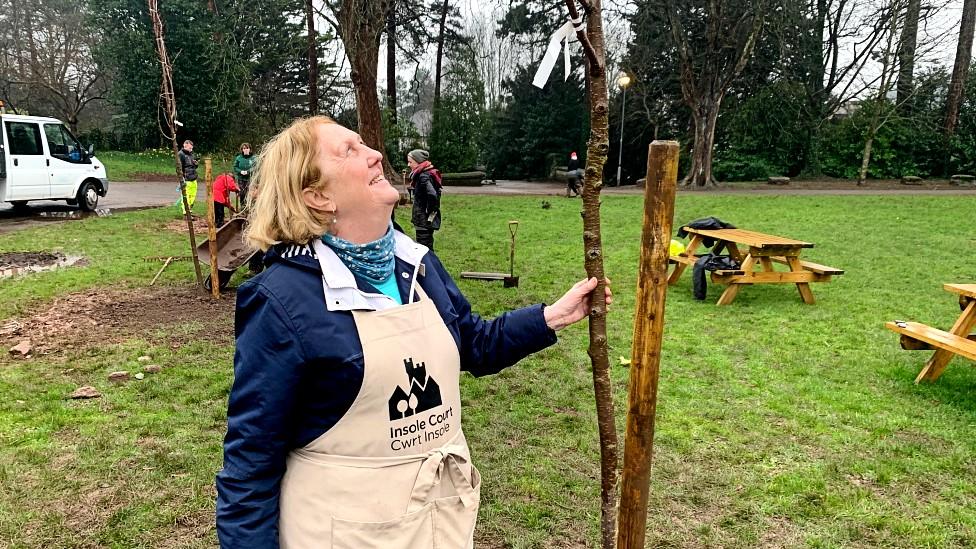
Trustee Valerie Mitchell surveys the first of the cherry trees to go in the ground
Will it be enough?
This spring also sees the rolling out of the Welsh government's plan to give every household in Wales a tree to plant, or have planted on their behalf.
Five hubs, external have now opened across the country - in Llanrwst, Wrexham, Machynlleth, Swansea and Cwmbran - with 5,000 trees available on a first-come, first-served basis, plus a one-off collection in Cardiff in early March.
The Welsh government has committed to creating a national forest for Wales, external, with the aim of an unbroken corridor of tree cover linking north to south and east to west.

A forest trail could one day run right across the country
It plans to both restore ancient and longstanding existing forests and create new areas of woodland, to boost carbon capture, as leisure destinations and to produce Welsh timber, although the scheme has raised some concerns that farms are being bought up by companies outside Wales with a view to planting trees just as a way of offsetting carbon emissions elsewhere, and could have a negative impact on local communities.
But, with threats to tree cover from ash dieback - the most significant risk within Cardiff, for example, according to Chris Engel - plus the loss of trees to storm damage rising as climate change produces more extreme weather, will the actions underway now be enough to hit ambitious expansion targets?
Looking at the picture within Cardiff, Chris said: "The council always tries to replace trees that have been lost.
"We're mindful that there needs to be a good gain [from new Coed Caerdydd canopy cover]. We're looking to go from 18.5 to 25%. It's a big ask, so this is something we have got to compete against.
"This year it will be three times our normal planting."
Related topics
- Published6 December 2021
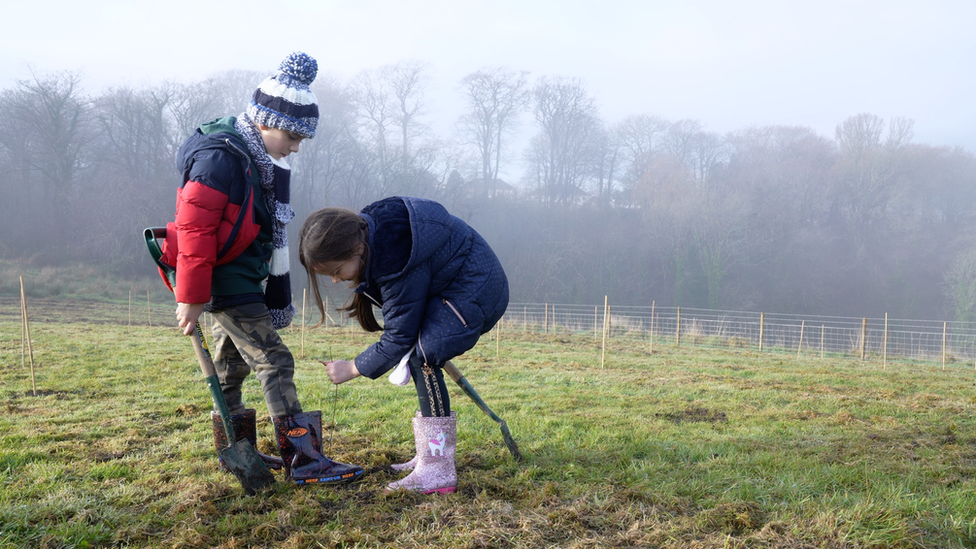
- Published5 February 2022
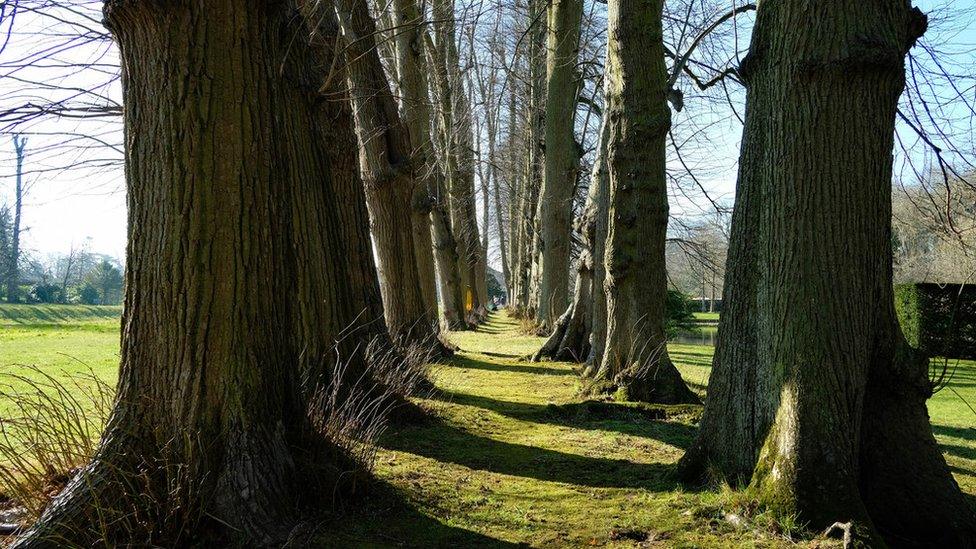
- Published8 March 2019

- Published16 February 2022
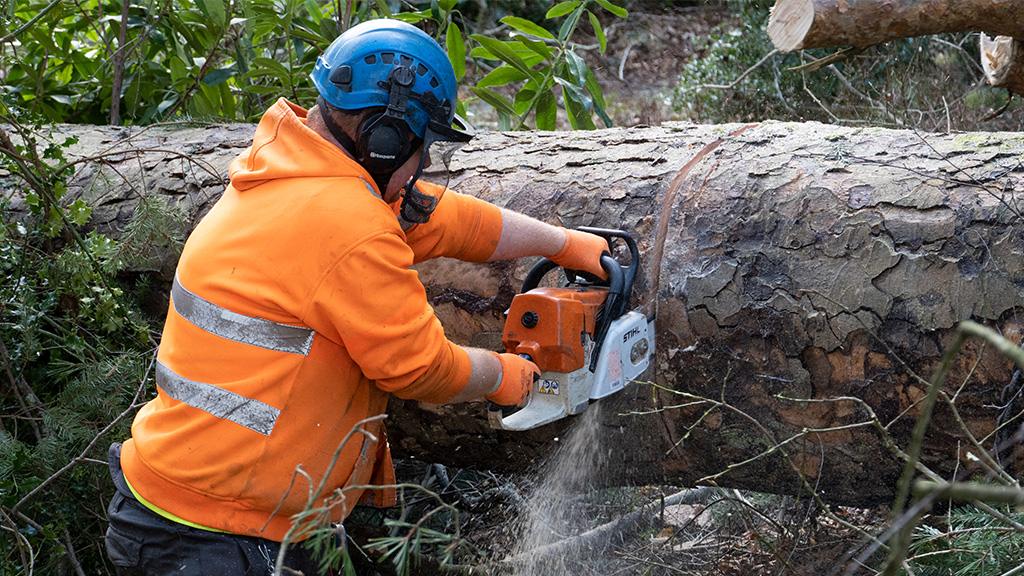
- Published6 October 2021
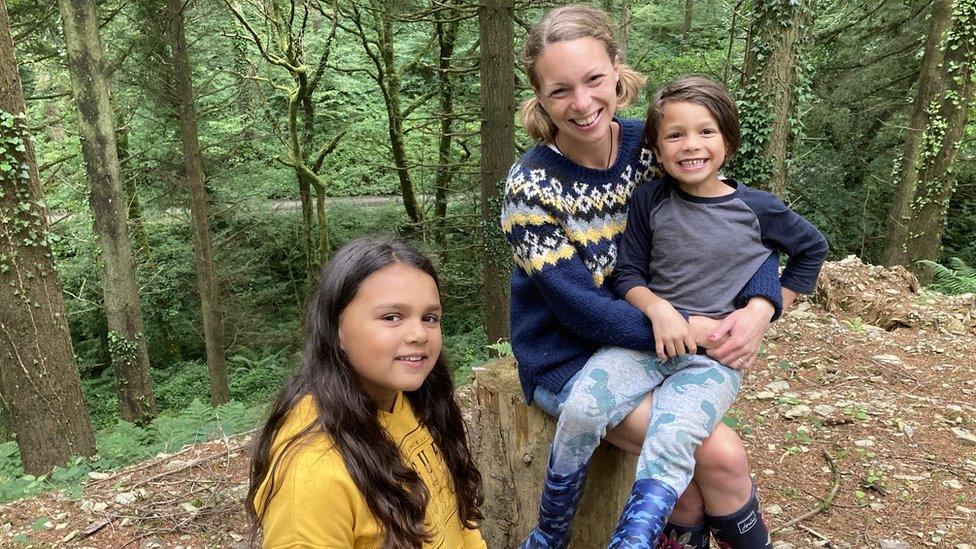
- Published6 August 2021
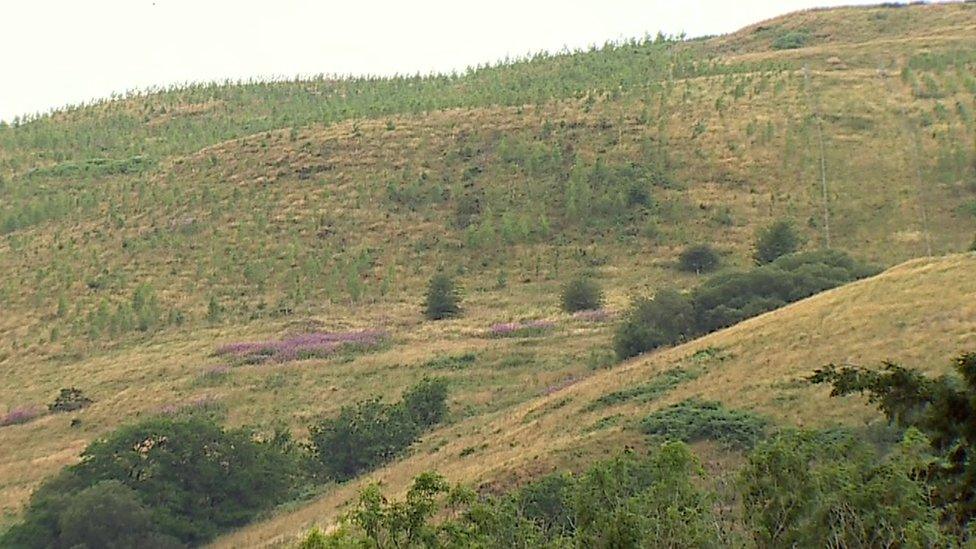
- Published14 April 2021
